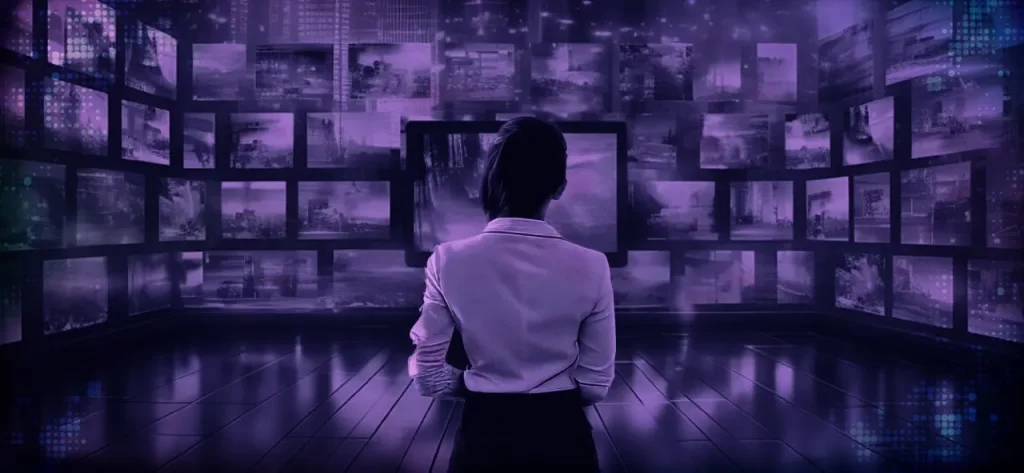We live in a world of information overload.
A plethora of information competes for our attention in the media landscape, including press releases, blog entries, social media updates, and news alerts. Now that we live in an information society work and personal life have become more digitally connected — providing numerous sources of information being easily obtainable. We also have quick access to a wide range of information and can actively search for it, and even unconsciously take in a lot of messages and information.
Also, giving importance with regards to the impact of email on our daily activities— the need to go through the piles of paper and emails is already quite the workload.
But it is at this point where the problem of information overload arises. Questioning the Internet being the one to take the blame— also print, film, optical, magnetic, and digital media are only a few of the known sources of information overload. And there is an overwhelming amount of information available, but evaluating its quality is challenging since the yearly output of print, film, optical, and magnetic content in the world requires 1.5 billion gigabytes of storage. As a result, information overload has become a general issue.
For reference, the following accurately depicts how frequently an average person uses the internet:
- An average person gets between 100 and 120 emails per day.
- Every month, an average person switches between seven different social media platforms.
- An average person typically views 10,000 advertisements every day.
- An average person normally texts 72 times a day.
- 150 times a day on average, millennials take up their smartphones.
Plus, based on the definition of strategic communication, it is about the “Intentional communication that advances an organization’s goals and is specifically aligned with the mission and vision.” And when it comes to the goal? It means to communicate deliberately in order to engage our audience.
How do we do this? Before connecting with your audience, both offline and online, you might want to consider the following five strategic steps:
- Recognize your target audience
- Recognize the communication styles of your audience.
- Recognize the learning methods that your target audience prefers.
- Recognize that consistency matters
- Recognize that systems may influence your outcomes.
More than ever, effective communication remains crucial in the hyperconnected world. Delivering a message is not enough; you also need to strategically create and market it to connect, inspire, and influence your target audience.
To sum up, in the digital era, strategic communication is an effective tool that can propel business success. With the potential of strategic communication to engage, inspire, and influence your target audience may be completely realized by understanding your audience, creating captivating narratives, utilizing social media, and handling crises appropriately.
By: Pauline Anacay
PHOTO COURTESY:
LinkedIn
INFO SOURCE:
ncbi.nlm.nih.gov
worshipfacility.com
www.worshipfacility.com




